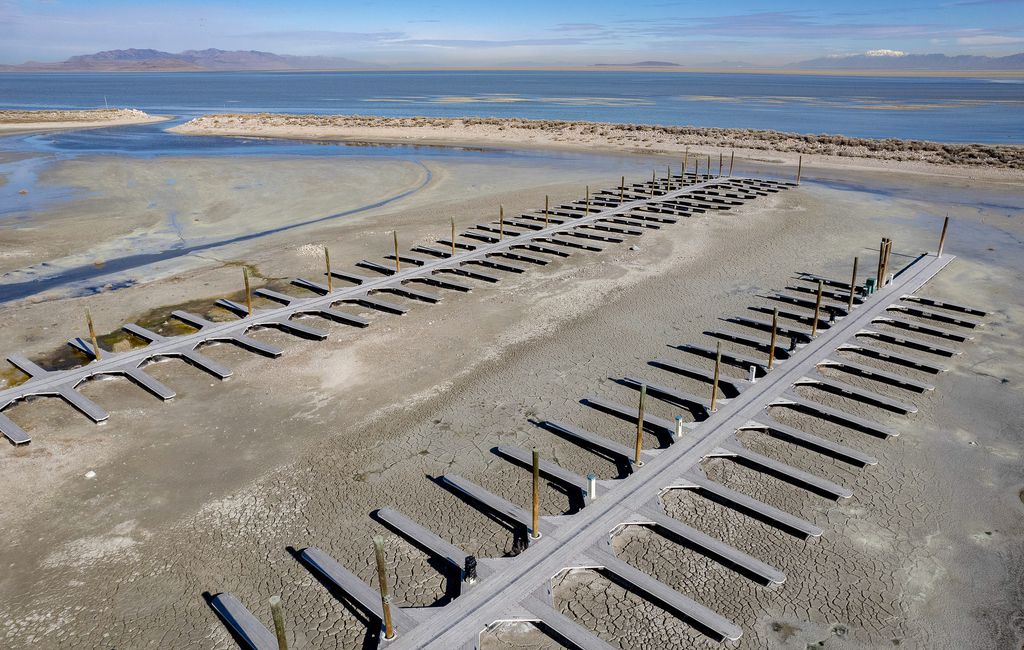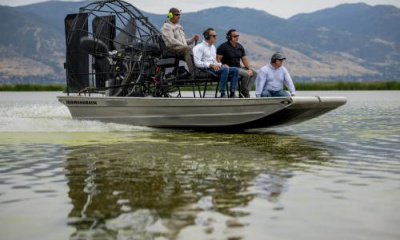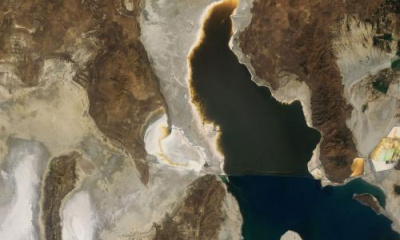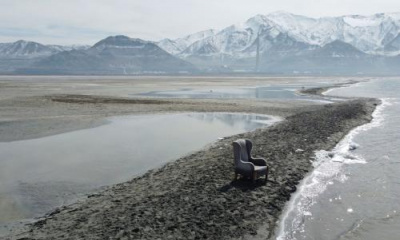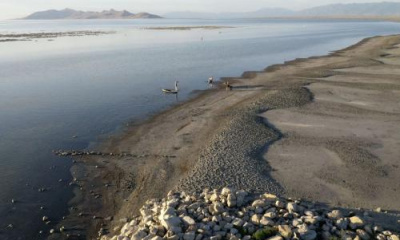“We must to be willing to do whatever is necessary to make sure we preserve this iconic body of water,” members of Utah’s congressional delegation said.
A bill proposed by members of Utah’s congressional delegation in an effort to save the Great Salt Lake overwhelmingly passed out of the Senate on Thursday as part of the Water Resources Development Act, according to a spokesperson for Sen. Mitt Romney.
The Great Salt Lake Recovery Act, introduced by Romney, would give the Army Corps of Engineers $10 million to monitor and assess water availability in the capital city’s namesake, as well as conduct a feasibility study of potential technologies to redirect water to the lake. Reps. Chris Stewart, Burgess Owens and John Curtis are sponsoring the bill in the House of Representatives.
The Senate bill, which had initially been a standalone piece of legislation, was included in a larger package that passed 93-1 in the Senate on Thursday. Romney and Utah. Sen. Mike Lee both supported the legislation.
“The rest of the country is now understanding the widespread repercussions of a diminished Great Salt Lake,” said Utah’s Romney, Stewart, Curtis and Owens in a joint statement. “We must to be willing to do whatever is necessary to make sure we preserve this iconic body of water. Today’s passage of our Great Salt Lake Recovery Act highlights the sense of urgency that is needed if we are going to preserve and protect this critical body of water for many generations to come.”
Romney announced the bill earlier this month after Utah’s largest lake sunk to a record-breaking low for the second time in a year. As additional lakebed is exposed, cities along the Wasatch Front are increasingly at risk of a public health crisis due to blowing dust that contains toxins like arsenic and mercury.
Lake-saving technologies the Army Corps of Engineers could explore include pipelines, coastal desalination plants and canal reinforcement. In a call with reporters last week, Romney said the recommended solution, whatever it is, will likely “cost in the many billions of dollars.”
Freshman Rep. Blake Moore is sponsoring an additional House bill that would also recruit the U.S. Geological Survey to monitor the Great Salt Lake, as well as other saline lakes in the Great Basin. It is being considered as part of the House’s Wildfire Response and Drought Resiliency Act.
According to a spokesperson from Moore’s office, the House was prepared to vote on the Wildfire Response and Drought Resiliency Act on Friday.
Although an earlier version of the Water Resources Development Act passed out of the House in June, the House will need to vote on the package again because of the latest additions in the Senate. Moore, Stewart, Curtis and Owens all supported the earlier version House bill.
“We are proud that our legislation complements and elevates the work already being done by [Utah House] Speaker Brad Wilson and the State of Utah to develop a permanent solution to save our Great Salt Lake, and we urge the House to take ... it up so we can get it to the President’s desk and signed into law without delay,” the Utah Republicans said in their joint statement.

